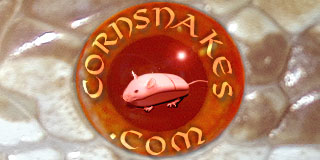Sarah1228
New member
This was just a random thought I've had regarding one of my snakes (Albino king). And I've heard the same issue with certain corn keepers as well.
Sometimes I don't know when or if my snake is going in to shed because of her colors. Most of the time I have to tell by her behavior (not eating, going and staying in to hiding, etc).
I have NOT had a problem with humidity or shedding before with any of my snakes. But what if the humidity level is not high enough?
My question is....Do snakes understand as an instinctive behavior to find a water source (such as water bowl) to take a swim or soak to assist with the shedding? I know if it ever turns out to be a bad shed, we sometimes have to assist with removing any left over skin. I was just wondering from experienced keepers do snakes know what to do if there is an issue like this one?
Thanks in advance for your input!
Sometimes I don't know when or if my snake is going in to shed because of her colors. Most of the time I have to tell by her behavior (not eating, going and staying in to hiding, etc).
I have NOT had a problem with humidity or shedding before with any of my snakes. But what if the humidity level is not high enough?
My question is....Do snakes understand as an instinctive behavior to find a water source (such as water bowl) to take a swim or soak to assist with the shedding? I know if it ever turns out to be a bad shed, we sometimes have to assist with removing any left over skin. I was just wondering from experienced keepers do snakes know what to do if there is an issue like this one?
Thanks in advance for your input!
